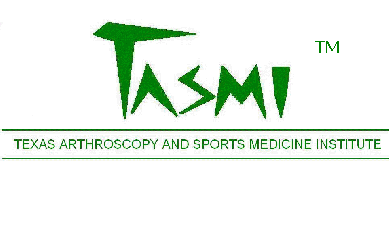|
| |
Braces, Splints, and Casts
 |
Braces, splints, and
casts have long been utilized to support and/or immobilize
injured areas of the body. Casts are often used to treat fractures. They can
help maintain alignment and immobilize the joints next to the broken bone.
However, they are not removable and are typically hard all the way around the
injured extremity. As a result, the space available for swelling after injury
is somewhat limited. Because of this, quite often after an acute injury, a
cast is not applied immediately, but is typically applied days later, once the
swelling from the injury has decreased and/or stabilizes. |
 |
Splints are more
easily removed. They are used the same way as a cast to give support to the
injured area and also to immobilize the joints next to the injured area.
Typically, a splint is not hard all the way around and thereby accommodates swelling
much more than a cast. For this reason, this is often the first immobilization device applied
following a significant limb injury, to allow room for the expected
post-traumatic swelling. |
 |
Braces differ from
splints in that they are usually used to give support to an injured area, and
less for immobilizing a joint. That is, most braces allow joint motion, but may help to
control that motion or limit that motion so as to allow for healing and/or
participation in activities. There are many different types of braces used in
orthopedics in general and sports medicine, in particular. Some braces can be
bought over-the-counter. Others are typically given either through a
physician’s office or by prescription through a brace shop. These are usually
of higher quality than those bought at a store. Furthermore, in office fitting
improves chances of obtaining a comfortable and effective brace. Some
braces, especially for the spine, are used to minimize joint motion.
Still others have dynamic mechanisms that actually help stretch out and
improve the motion of stiff and contracted joints. |
 |
There are several
companies that make orthopedic braces. Off-the-shelf braces typically come in
several sizes and are fine for treating most conditions. Custom braces require
exact measurements and are then made to specifications unique to the
individual patient. They are particularly useful for patients with unusual or
uncommon sizes. |
|
